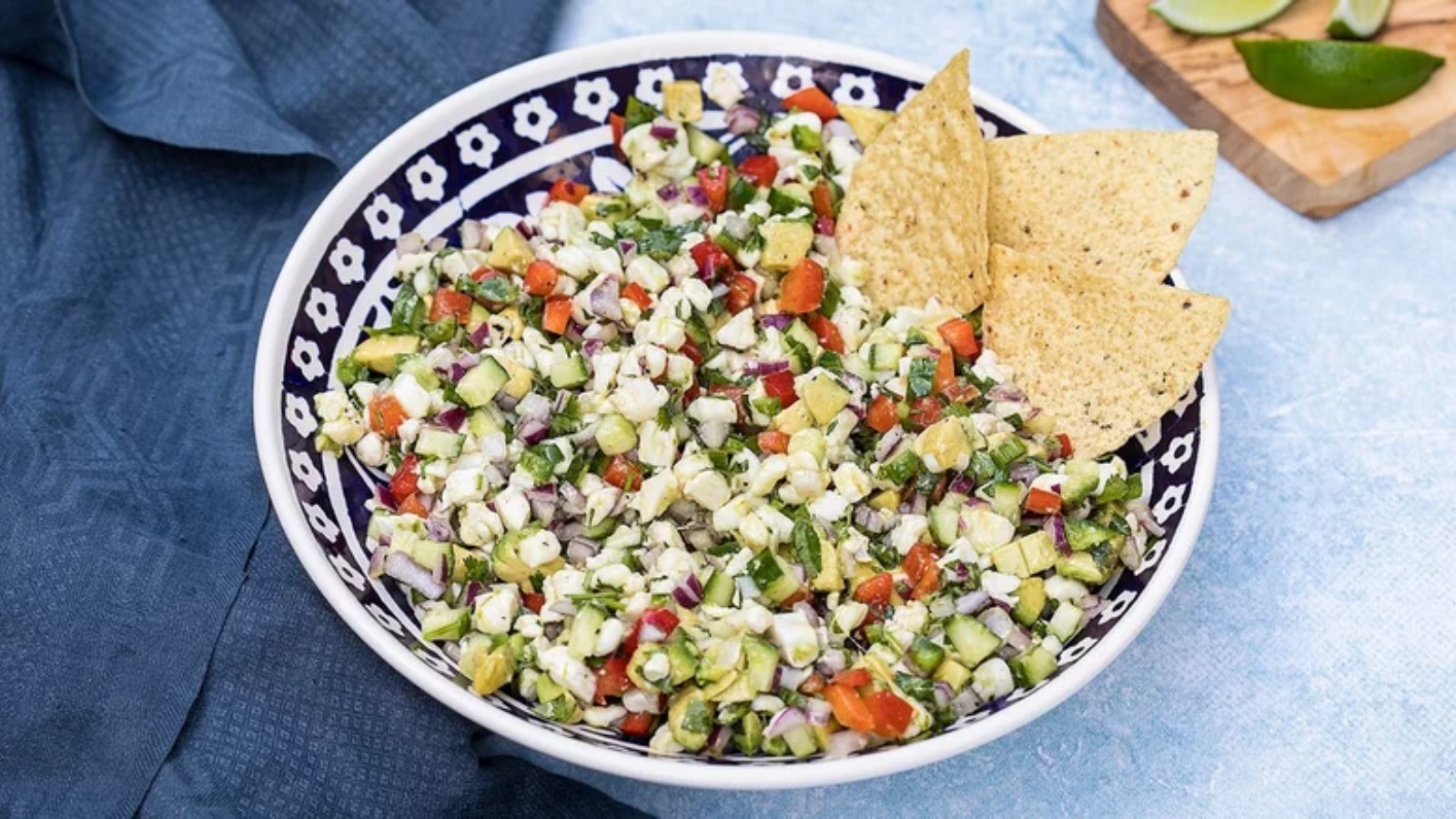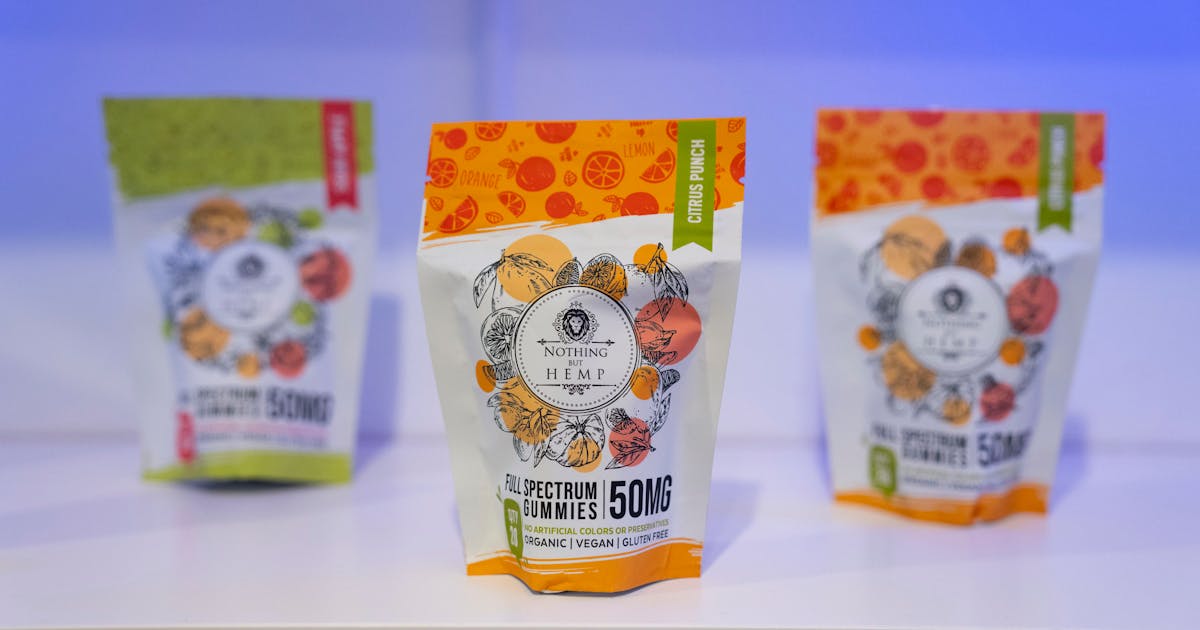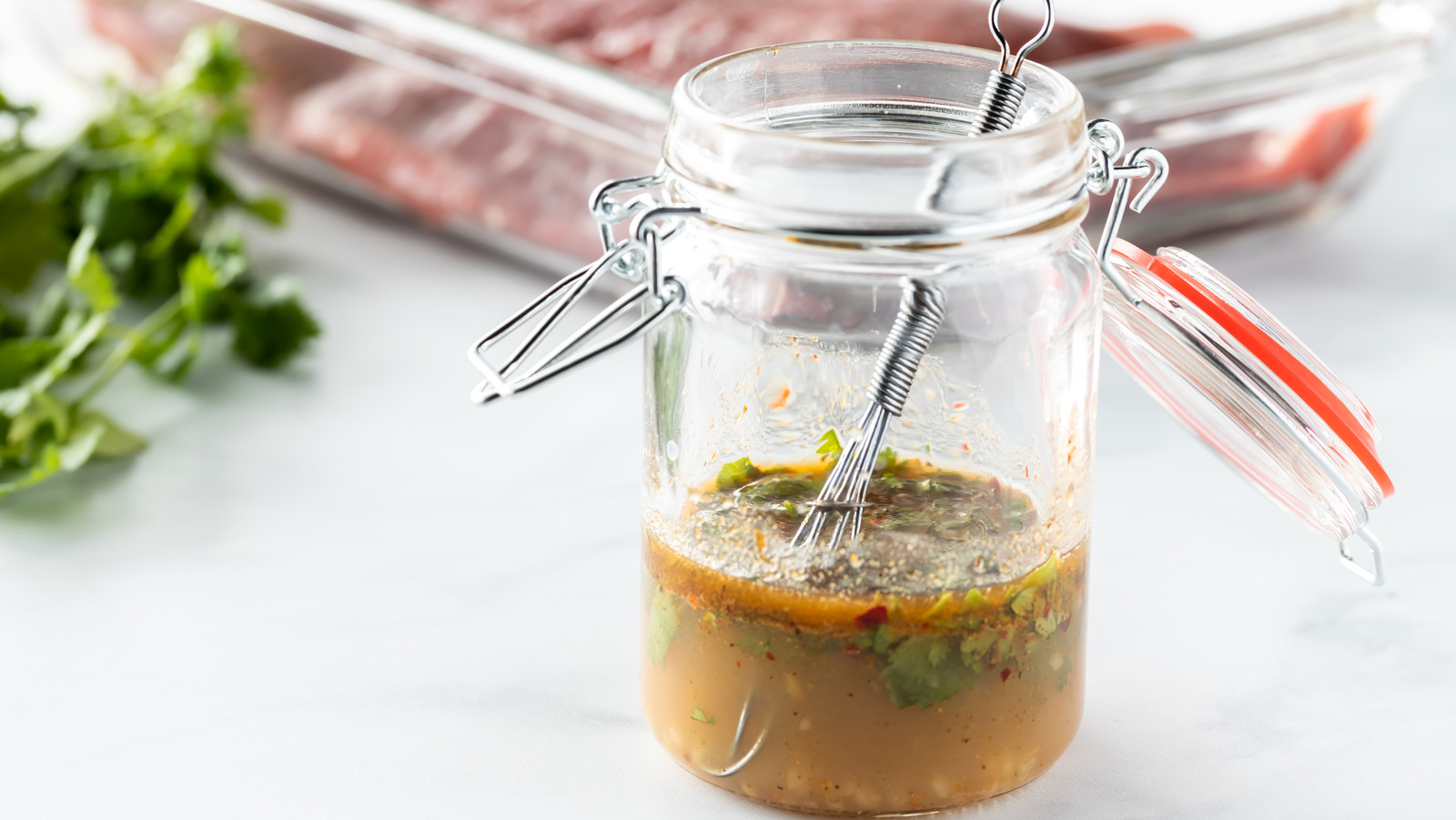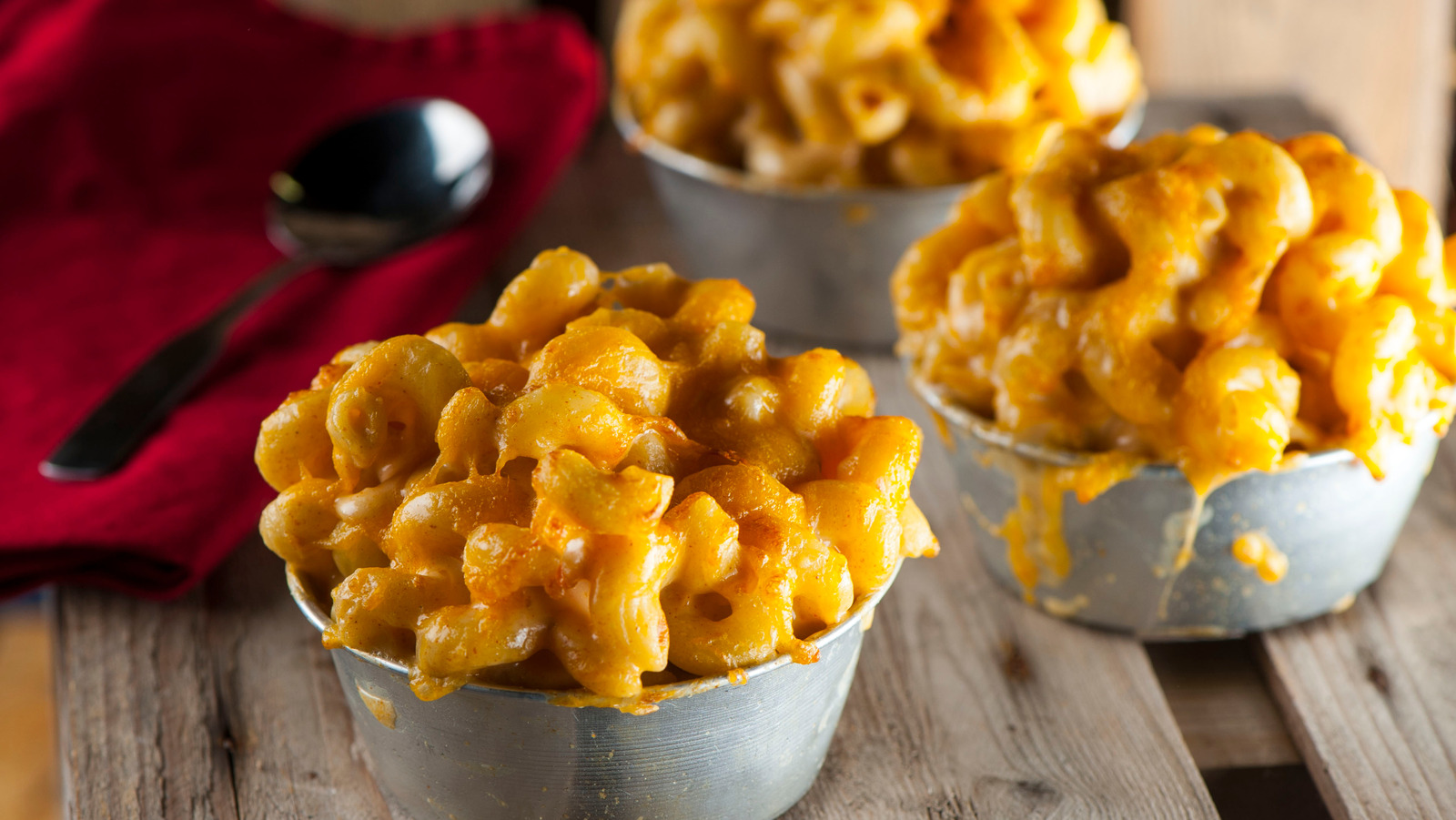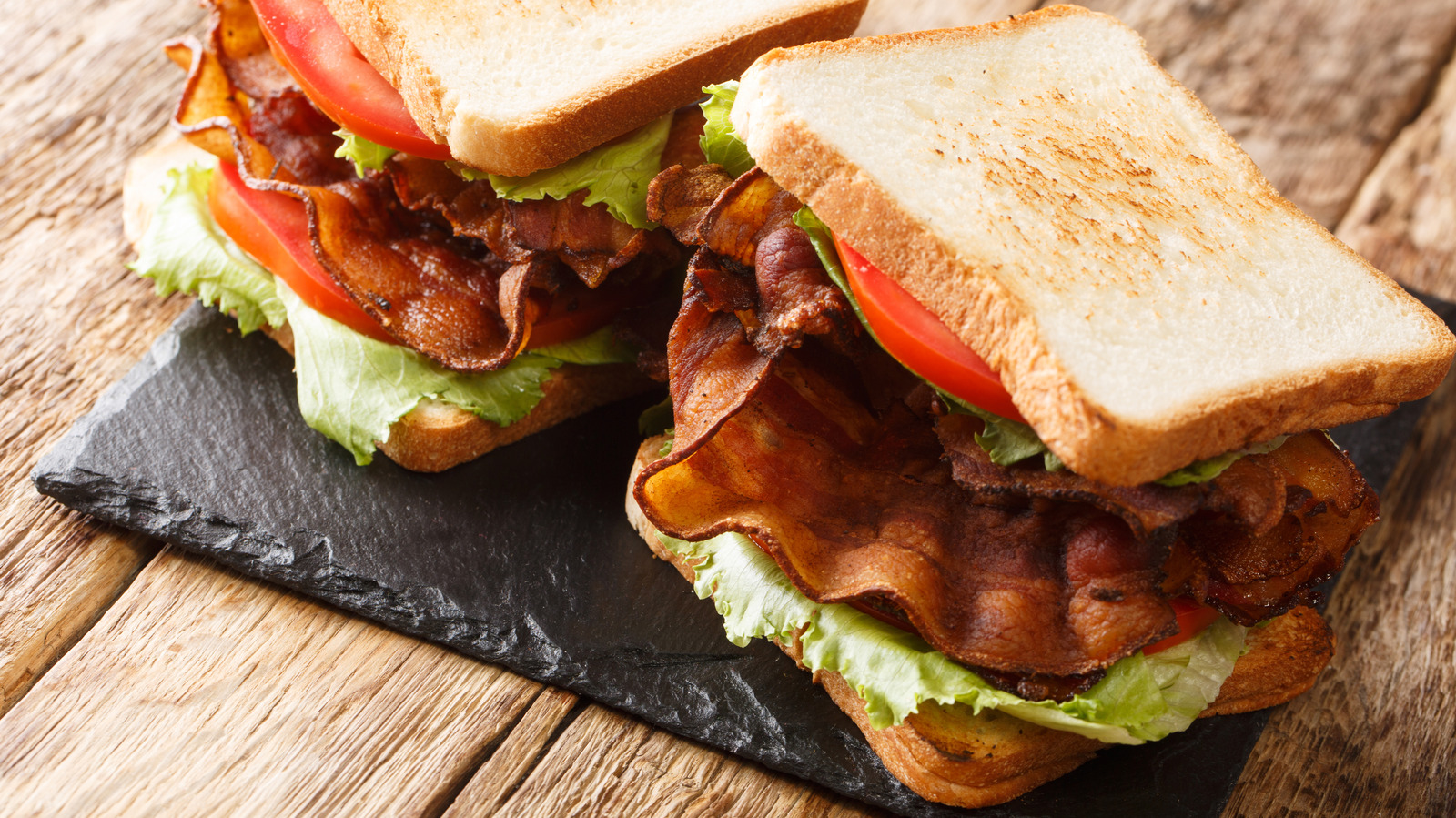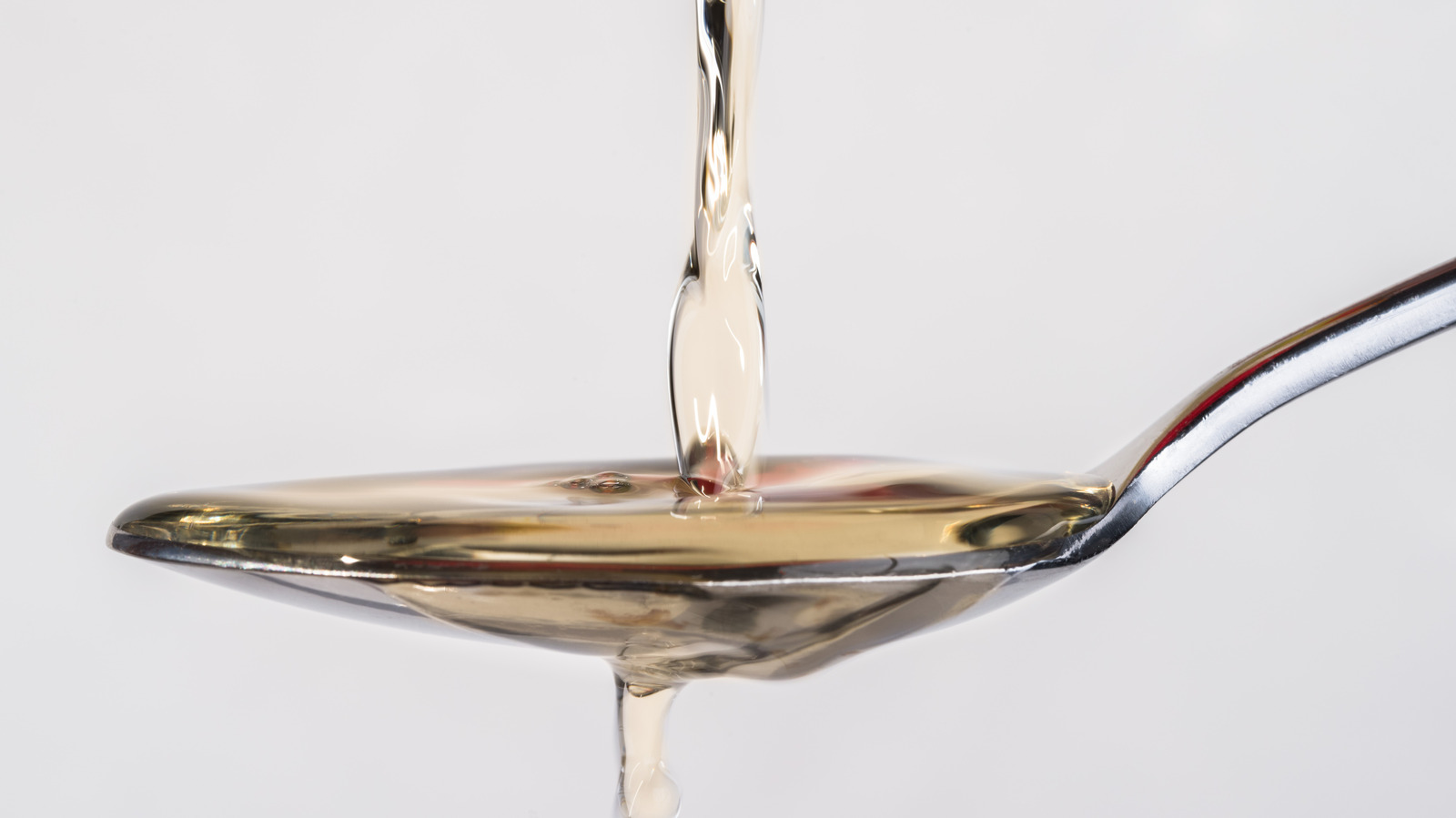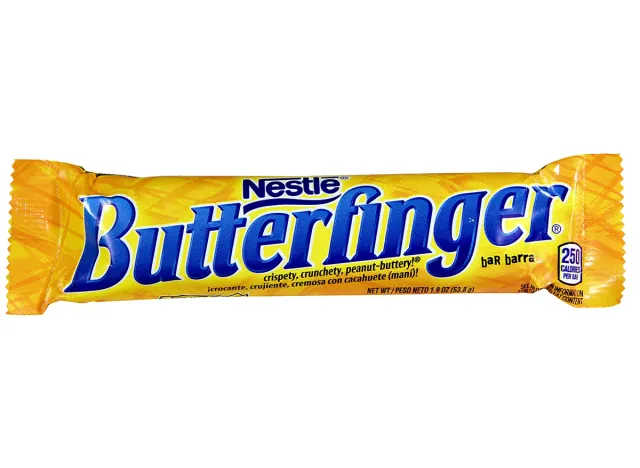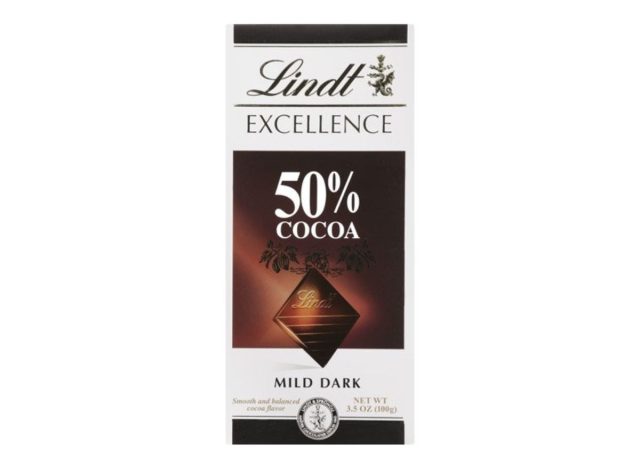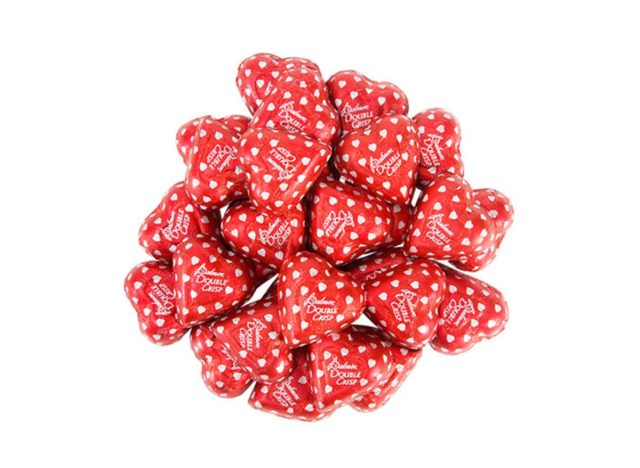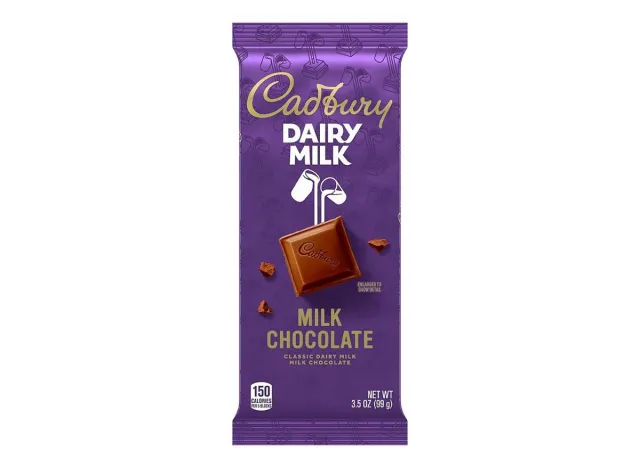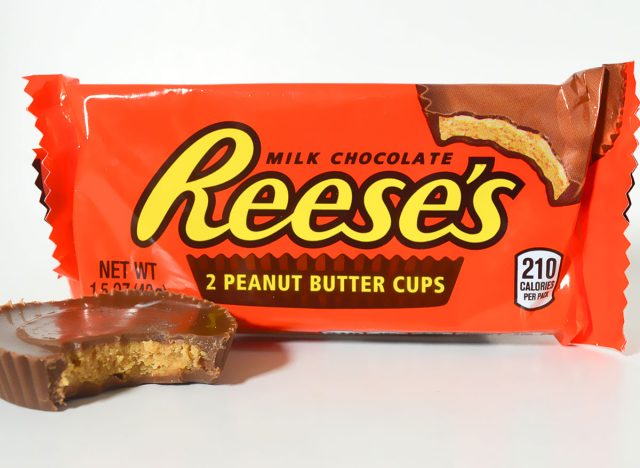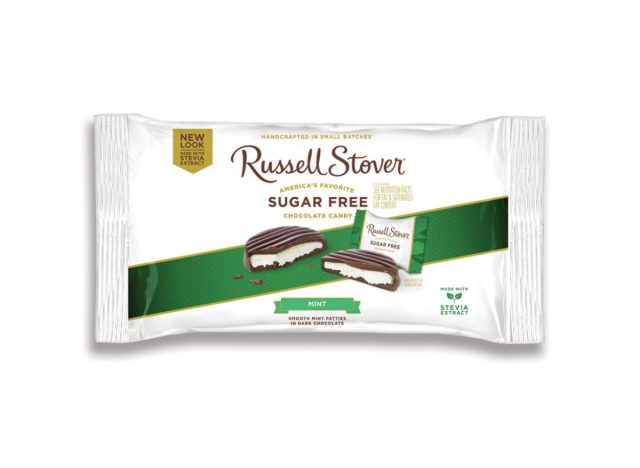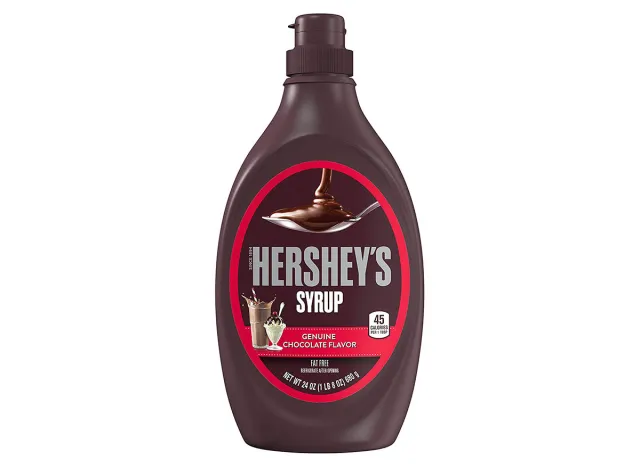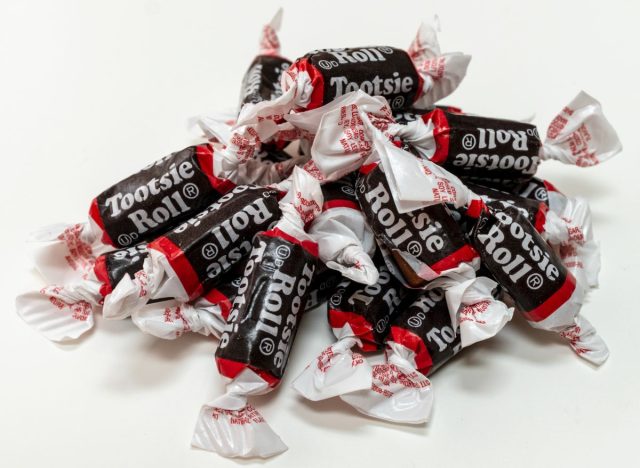Chemistry is inextricably linked to the innovations and scientific advancements that make modern-day life possible. Through a recent Morning Consult survey conducted on behalf of the American Chemistry Council, 7 in 10 adults agreed that chemistry is essential to our economy and plays a vital role in innovation and the creation of products and technologies needed to accomplish a wide range of supply chain, climate, sustainability, energy efficiency, and infrastructure goals.1
While chemistry can provide numerous benefits to society, we must still safely and responsibly manage how chemicals are used. And to do that, we need to consider the scientific information available.
Understanding Risk and Hazard When It Comes to Chemicals
Every day, people are exposed to a variety of activities or products that could, under certain circumstances, cause harm. There’s a potential for harm or injury in nearly every activity we engage in — whether it’s when we cross a street, ride in an automobile, or play in a soccer game.
How we face hazards and risks can impact our safety. A hazard is defined as anything that has the potential to cause harm. A risk is the likelihood that a hazard will cause harm.
As many of us head to a beach this summer for a dip in the ocean, we must realize the potential hazards and risks confronting us upon our arrival. We don’t usually think of the ocean water, for example, as a hazard but it is. And, the potential for harm associated with this hazard is elevated when coupled with a risky action, such as jumping into the ocean without knowing how to swim or getting caught in an undertow.
The mere presence of a chemical ingredient in a product doesn’t automatically mean it will cause harm.
Any substance can be toxic — including water and oxygen — if too much of it is ingested or absorbed into the body. Frequently, the exposure to chemicals in everyday consumer products is very minimal. For example, one 4.6-ounce tube of toothpaste contains 152 milligrams of sodium fluoride. A person weighing 160 pounds would have to eat 33 tubes of toothpaste at once to experience toxic effects from sodium fluoride.
Hazard, Exposure and Risk
To determine a chemical substance’s safety, researchers and experts primarily rely on two categories of information:
- the potency, or hazardous nature of the chemical; and
- the degree of exposure to the chemical.
The extent which a specific substance may have harmful effects depends on a variety of factors, including how much of the substance a person is exposed to, the route of the exposure, and the length of time they are exposed.
Understanding Potency or Hazards Requires Sound and Validated Research
So, how do scientists determine what sorts of exposures have the potential to cause harm?
Rigorous scientific research — including experimental studies and epidemiology studies — is the basis for sound decision-making on the use, safety and development of chemicals.
Experimental studies allow investigators to precisely control the conditions of exposure, which helps generate data that is considered reliable and easy to interpret. Some of these studies are conducted in test tubes or petri dishes; within whole living organisms (e.g., rodents); or using computer models.
Epidemiology studies are observational studies conducted on people who have been exposed to chemicals at work, through unplanned events or in their everyday environments. Such studies look for patterns of disease and exposure in human populations using data from a variety of sources, including employment records, health surveys, medical or death records and other sources.
With both types of studies, it’s critical to look at the entire body of research to arrive at a conclusion regarding the safety of the use of a specific chemical or substance. Research studies need to be reviewed, validated and replicated by other peer scientists to determine their accuracy.
Removing or substituting a chemical in a product merely because it is “suspected” of being harmful, without the benefit of a complete risk assessment, could create more risks than it prevents. Understanding risk and how it’s assessed is the foundation of our ability to confirm the safety of chemicals as used in consumer products.
__________________________________________________________________
1 Morning Consult poll on behalf of the American Chemistry Council (ACC) was conducted between April 9-April 11, 2022, among a sample of 2,210 adults. The interviews were conducted online, and the data were weighted to approximate a target sample of adults based on gender, educational attainment, age, race, and region. Results from the full survey have a margin of error of plus or minus 2 percentage points.
American Chemistry Council
The American Chemistry Council (ACC) represents the leading companies engaged in the multibillion-dollar business of chemistry. ACC members apply the science of chemistry to make innovative products, technologies and services that make people's lives better, healthier and safer. ACC is committed to improved environmental, health, safety and security performance through Responsible Care®; common sense advocacy addressing major public policy issues; and health and environmental research and product testing. ACC members and chemistry companies are among the largest investors in research and development, and are advancing products, processes and technologies to address climate change, enhance air and water quality, and progress toward a more sustainable, circular economy.
Stay up-to-date and engaged with the latest industry-related news.
Adblock test (Why?)
Understanding Chemical Safety: The Mere Presence of a Chemical Ingredient Doesn't Mean It Will Cause Harm - American Chemistry Council
Read More

